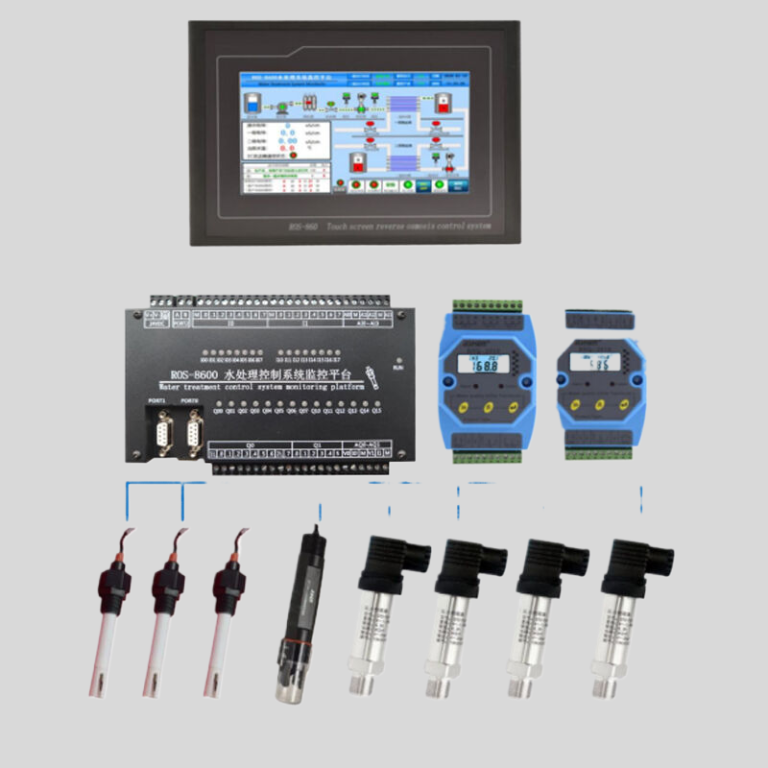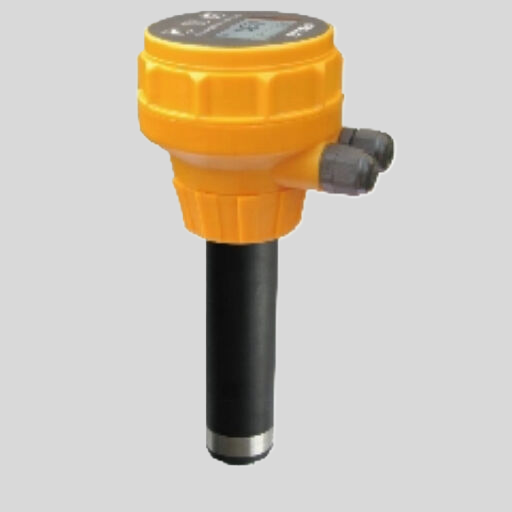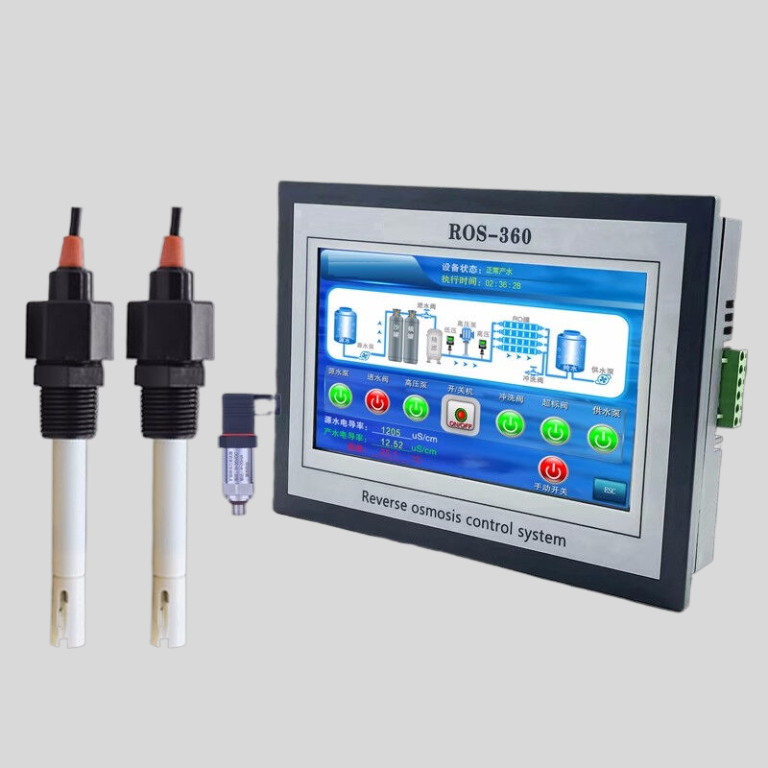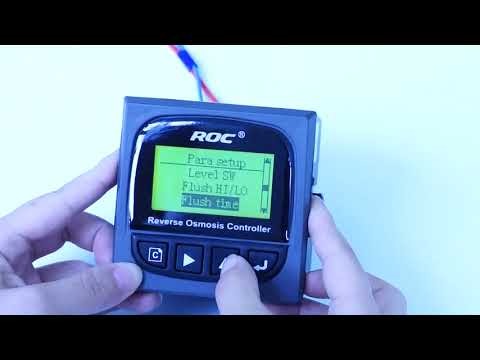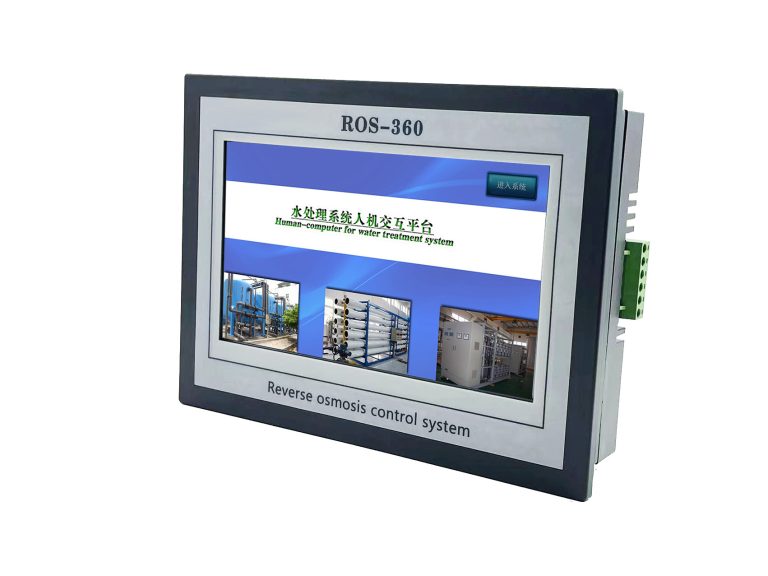Prox Ph: Understanding the Basics and Benefits
Prox Ph, short for proximity pH, is a term used to describe the measurement of pH levels in close proximity to a surface or interface. This technique is particularly useful in situations where traditional pH measurements may not be accurate or feasible. By measuring pH levels in close proximity to a surface, researchers can gain valuable insights into the chemical processes occurring at that interface.
One of the key benefits of Prox Ph is its ability to provide real-time, in situ measurements of pH levels. Traditional pH measurements often involve taking samples and analyzing them in a laboratory setting, which can be time-consuming and may not accurately reflect the conditions at the surface of interest. Prox Ph allows researchers to monitor pH levels in real-time, providing a more accurate picture of the chemical processes occurring at the interface.
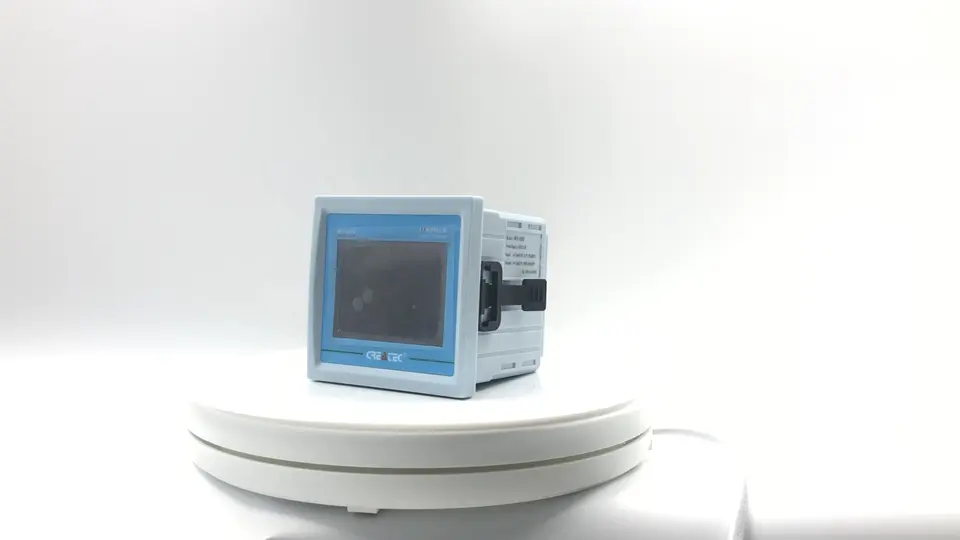
Another advantage of Prox Ph is its ability to measure pH levels in confined spaces or at interfaces where traditional pH probes may not be able to reach. For example, Prox Ph can be used to measure pH levels in microfluidic devices, biological tissues, or thin films, where traditional pH probes may not be able to provide accurate measurements. This makes Prox Ph a valuable tool for researchers working in a wide range of fields, from biotechnology to materials science.
| pH/ORP-3500 series pH/ORP Online Meter | |||
| \u3000 | pH | ORP | Temp. |
| Measurement range | 0.00\uff5e14.00 | (-2000\uff5e+2000)mV | (0.0\uff5e99.9)\u2103\uff08Temp. Compensation \uff1aNTC10K) |
| Resolution | 0.01 | 1mV | 0.1\u2103 |
| Accuracy | \u00b10.1 | \u00b15mV\uff08electronic unit\uff09 | \u00b10.5\u2103 |
| Buffer Solution | 9.18\uff1b6.86\uff1b4.01\uff1b10.00\uff1b7.00\uff1b4.00 | ||
| Medium Temp. | (0\uff5e50)\u2103\uff08with 25\u2103\u00a0as standard \uff09manual / automatic temp.compensation for selection | ||
| Analog Output | Isolated one Channel\uff084\uff5e20\uff09mA\uff0cInstrument / Transmitter for selection | ||
| Control Output | Double relay output\uff08ON/OFF\uff09 | ||
| Consumption | <3W | ||
| Working Environment | Working temp.\u00a0(0\uff5e50)\u2103\uff1bRelative humidity\u226485%RH\uff08none condensation\uff09 | ||
| Storage Environment | Temp.\u00a0(-20\uff5e60)\u2103; Relative humidity\u226485%RH\uff08none condensation\uff09 | ||
| Dimension | 48mm\u00d796mm\u00d780mm (H\u00d7W\u00d7D) | ||
| Hole Size | 44mm\u00d792mm (H\u00d7W) | ||
| Installation | Panel mounted ,fast installation | ||
Prox Ph can also be used to study dynamic processes, such as the adsorption of molecules onto a surface or the formation of thin films. By monitoring pH levels in real-time, researchers can gain valuable insights into how these processes are affected by changes in pH. This information can help researchers optimize processes, develop new materials, or better understand biological systems.
Overall, Prox Ph is a powerful tool for researchers and industry professionals alike. Its ability to provide real-time, in situ measurements of pH levels makes it a valuable tool for studying dynamic processes at interfaces. Whether used in a research lab or an industrial setting, Prox Ph can provide valuable insights into chemical processes and help researchers and companies optimize their processes for greater efficiency and effectiveness.
In conclusion, Prox Ph is a valuable technique for measuring pH levels in close proximity to a surface or interface. Its ability to provide real-time, in situ measurements makes it a powerful tool for studying dynamic processes and optimizing industrial processes. Whether used in a research lab or an industrial setting, Prox Ph can provide valuable insights into chemical processes and help researchers and companies achieve their goals.

